Labor to target support for under-stress families
Labor will anchor its election pitch around immediate and longer-term economic pressures to support families.
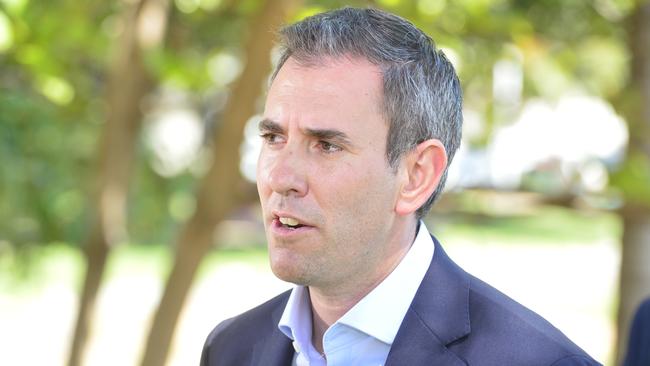
Anthony Albanese and Jim Chalmers will anchor their “build back stronger” election pitch around immediate and longer-term economic pressures to support families paying an extra $3600 a year on essentials including petrol, childcare and rent, and households bracing for higher mortgage repayments.
Ahead of Josh Frydenberg’s cost of living-focused budget on March 29, Labor is preparing an economic blueprint underpinned by higher productivity achieved through new manufacturing jobs, affordable childcare, skills reforms and cheaper, cleaner energy.
The Opposition Leader’s final budget reply speech will be headlined by new election policies protecting the economy from future global shocks and securing homegrown supply chains and jobs.
Mr Albanese, who will travel to Townsville on Monday to pledge increased funding for the Lansdown Industrial Precinct in north Queensland to $34m, said the post-pandemic recovery would be a “central issue” for voters in May.
He has characterised the government as productivity laggards lacking the vision of John Curtin and Ben Chifley in driving the economic recovery and a “better future”.
Writing in The Australian on Monday, Mr Albanese says: “Curtin and Chifley looked at the world as it was before the war, including during the Great Depression, and took the post-war opportunity to build back stronger.
“Australia has lost much during the pandemic, the bushfires and the floods. Now is not the time to turn back the clock to the pre-pandemic era of low wage growth, insecure work and limited support for Australian families to get ahead.”
After Scott Morrison last week said he was never in the “build back better camp”, which he described as a government-centred reimagination of global capitalism, Mr Albanese says the Prime Minister “adheres to a rigid ideological view that if governments will just get out of the way, market forces can meet all challenges”.
“This ideology is unsuited to our times. It is certainly true that governments cannot and should not try to do everything,” he says. “But government can make it easier for business and communities to respond to crisis. They can provide the leadership that the community is looking for.
“Now is the time to address the weaknesses exposed by the pandemic and in the process make our nation stronger and more prosperous.”
Two weeks out from the budget, the Treasurer and Mr Morrison are putting the finishing touches on the Coalition’s economic election pitch, which will move away from the big-spending, big-government pandemic budgets.
With inflation on the rise and interest rates expected to increase in the second half of the year, Dr Chalmers said even before Russia’s invasion of Ukraine, the typical Australian family was paying more than $3600 extra for essentials such as petrol, childcare and rent compared with December 2020. The opposition Treasury spokesman said real wages were forecast to go back by 1.25 per cent this financial year, meaning average full-time workers were almost $1130 worse off a year.
Dr Chalmers said Mr Frydenberg should not pretend the cost of living crisis “just showed up a couple of weeks ago with the Russian invasion”.
“Australians were already battling a cost of living crisis well before the war in Ukraine. The costs of living are skyrocketing, real wages are falling and Australian working families are finding it harder to make ends meet,” he told The Australian.
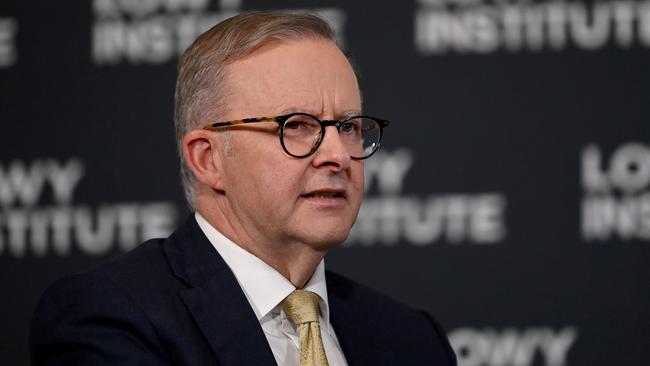
Dr Chalmers said if the same levels of wage growth experienced under the Rudd-Gillard governments had been sustained, Australian workers would have almost $16,000 extra in their pockets a year. “An election about the economy is an election about stagnant wages and the costs of living crisis on Scott Morrison and Josh Frydenberg’s watch, and their failure to do anything about it,” he said.
Dr Chalmers said Labor’s cost of living plan would focus on slashing power bills, reducing childcare costs and “getting real wages growing again”.
Labor’s wider economic recovery plan includes a $15bn national reconstruction fund, new manufacturing bases for renewable energy, medical technology and defence equipment, free and extra TAFE and university places, and getting more women into the workforce.
Mr Frydenberg’s post-Covid recovery budget is expected to target investment in the regions, infrastructure, business incentives, local manufacturing, defence, skills, housing and energy. Stimulus packages aimed at creating jobs in rural areas will support regional communities in the shift to a carbon-neutral economy.
Assistant Treasurer Michael Sukkar said “cost of living is a significant issue” and would feature prominently in the budget.
“There’s no doubt the budget will seek to build the recovery, ensure we keep our foot on the economic accelerator, but also will take into account the fact that households are feeling the pressures of cost of living,” he said.
Mr Morrison on Sunday urged Australians to vote for the Coalition because “we’ve delivered the jobs, we’ve got the economic plan, which means a strong economy, which means a stronger future for Australians”.
“If you don’t have a strong economy, you can’t guarantee the essentials Australians rely on. You can’t keep Australians safe, and you can’t keep Australians going forward in what will be a very difficult period over the next three to five to 10 years,” he said.
Mr Albanese on Monday will vow to expand support for northern Australia’s first environmentally sustainable advanced manufacturing, technology and processing hub near Townsville, funding road, rail and water infrastructure. The Labor leader said the Lansdown precinct investment, creating 5000 construction jobs and 6000 permanent ongoing jobs, would help Australia “make things again … It’s about developing lucrative new industries; above all, it’s about jobs”.


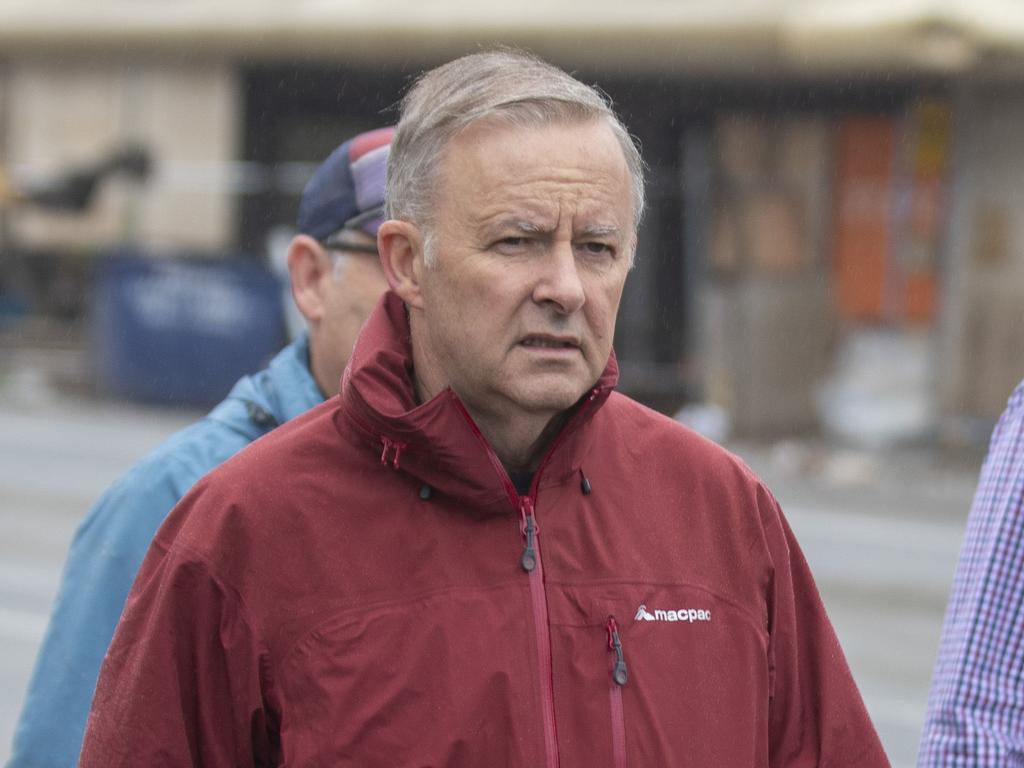
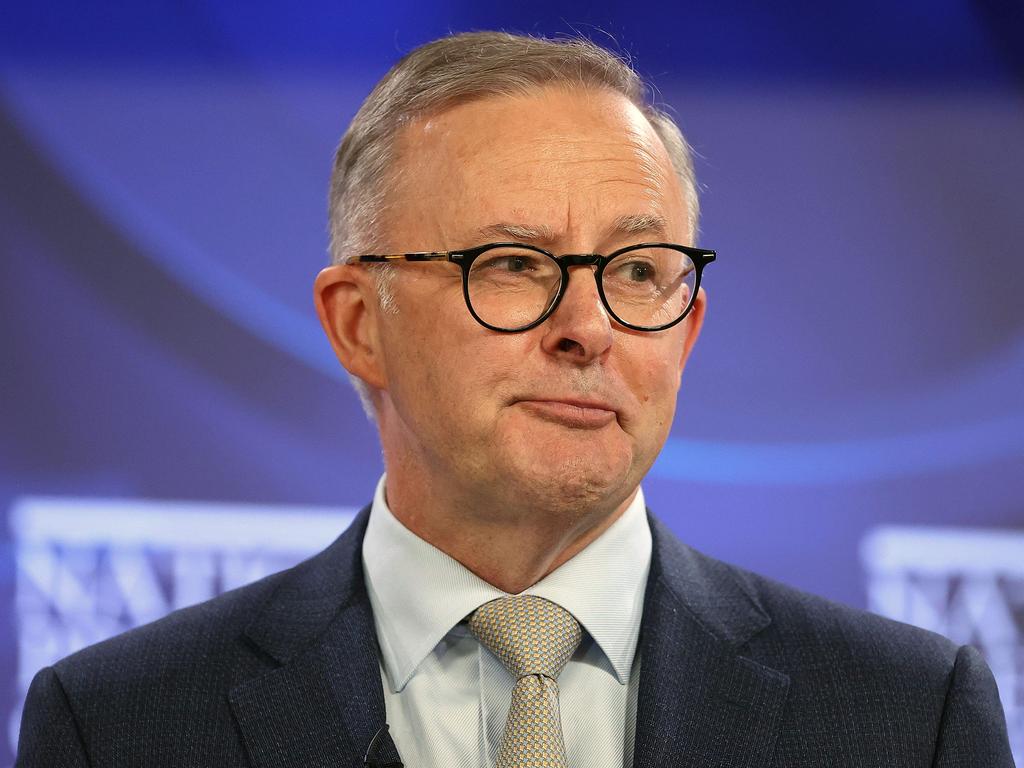

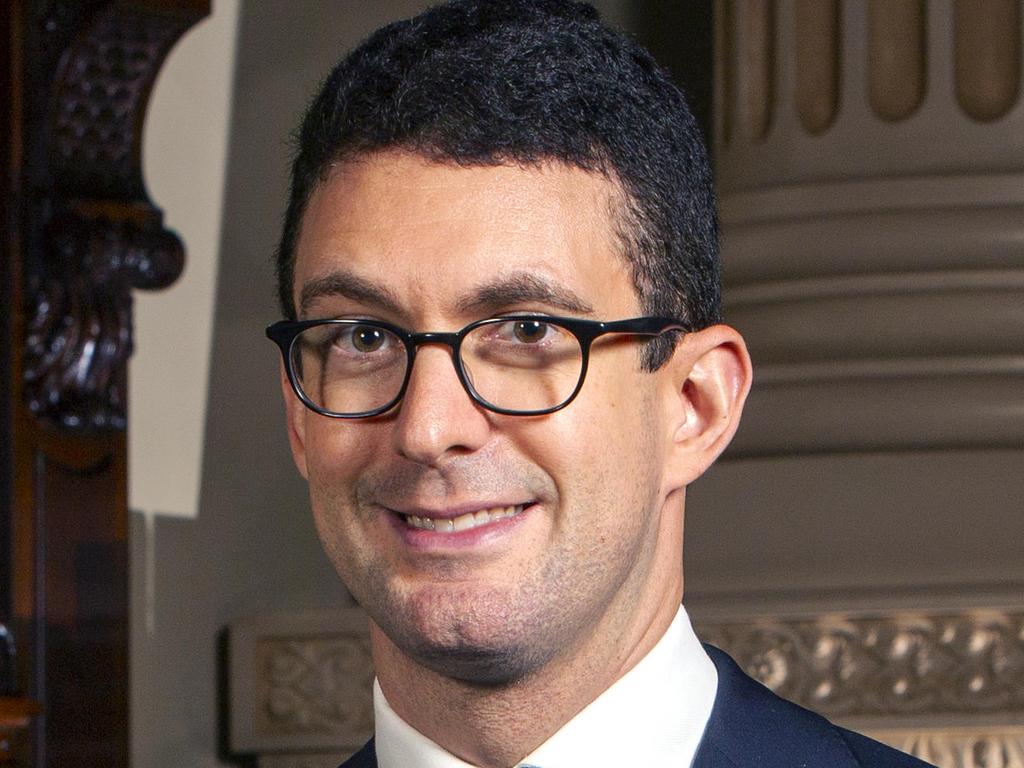


To join the conversation, please log in. Don't have an account? Register
Join the conversation, you are commenting as Logout